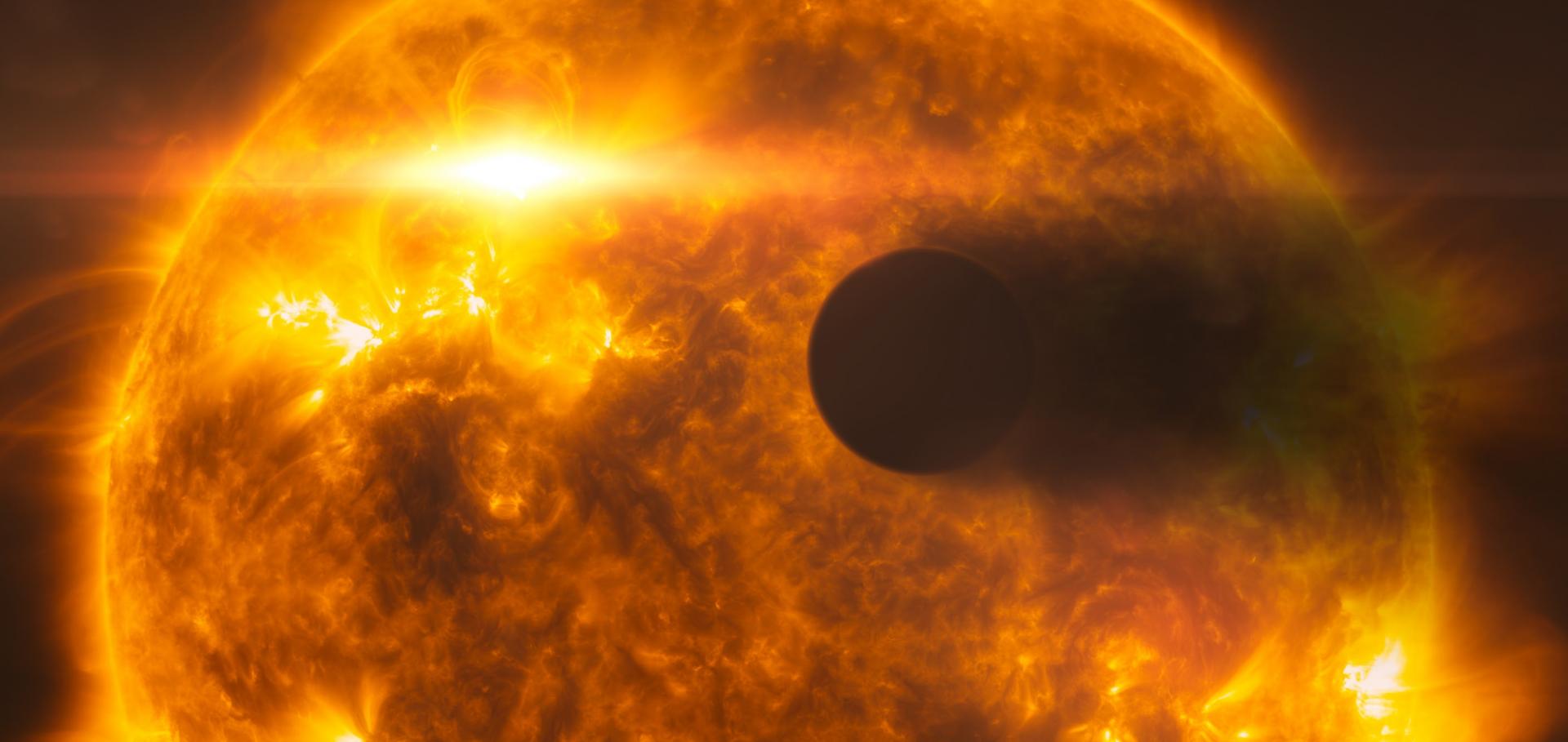Revisiting the dynamical masses of the transiting planets in the young AU Mic system: Potential AU Mic b inflation at ~20 Myr
Astronomy & Astrophysics EDP Sciences 689 (2024) a132
HD152843 b & c: the masses and orbital periods of a sub-Neptune and a superpuff Neptune
Monthly Notices of the Royal Astronomical Society Oxford University Press (OUP) 532:4 (2024) 4632-4644
Measuring stellar surface rotation and activity with the PLATO mission
Astronomy & Astrophysics EDP Sciences 689 (2024) a229
Measuring stellar surface rotation and activity with the PLATO mission -- I. Strategy and application to simulated light curves
(2024)
Investigating stellar activity through eight years of Sun-as-a-star observations
Monthly Notices of the Royal Astronomical Society Oxford University Press (OUP) 531:4 (2024) 4238-4262


